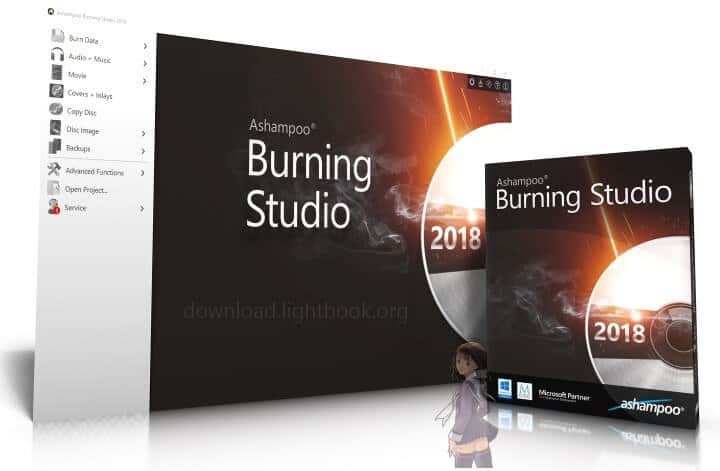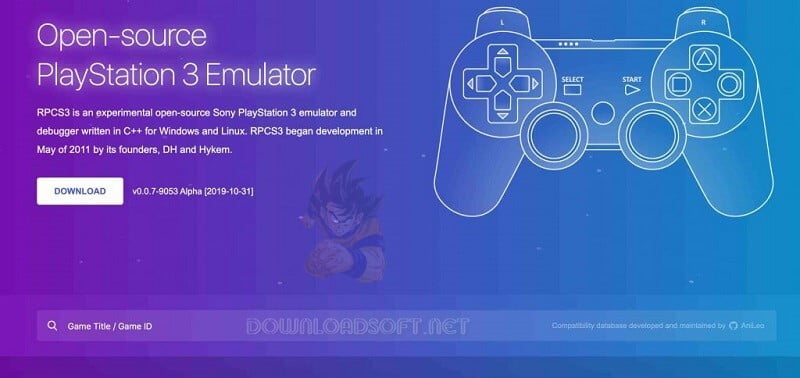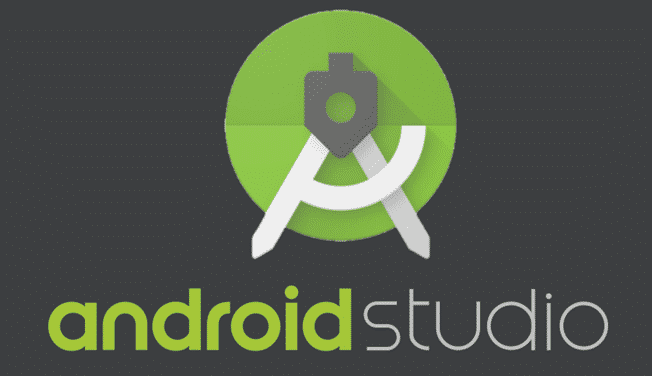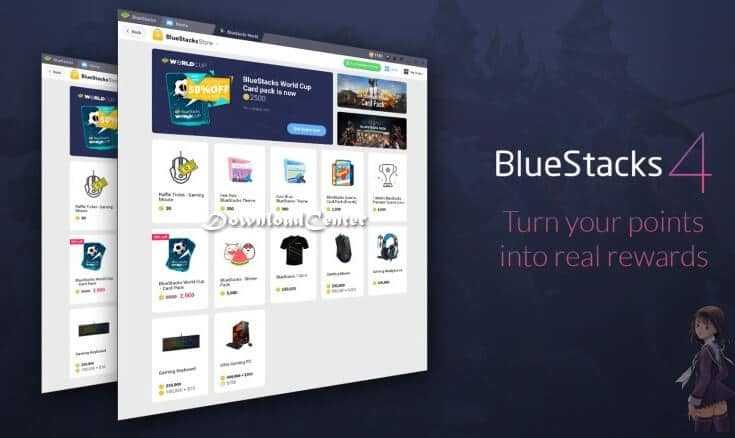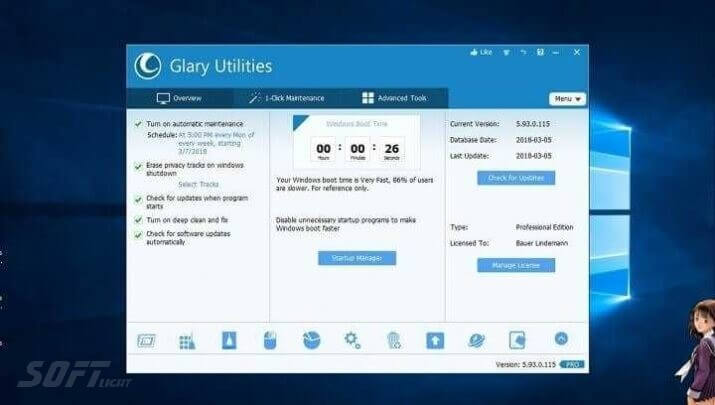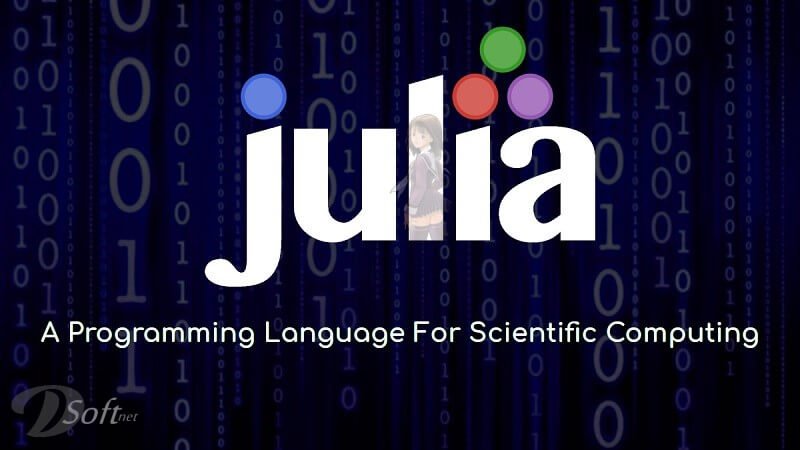Python Programming Language Free Download 2025 for PC
Python Programming Language Free Download 2025 for PC
A Comprehensive Guide for Beginners
Python is a versatile and widely used programming language that has gained immense popularity in recent years. Known for its simplicity and readability, Python is a great language for beginners to learn and for experienced developers to build complex applications.
In this comprehensive guide, we will delve into the various aspects of a programming language, its features, applications, and why it has become a favorite among programmers worldwide.
What is Python Programming?
It is a high-level, interpreted programming language that was created by Guido van Rossum and first released in 1991. It was designed to be easy to read and write, emphasizing code readability and simplicity. Python’s syntax allows programmers to express concepts in fewer lines of code compared to other programming languages, making it an excellent choice for beginners.
Many programs report significant productivity gains and feel that language encourages the development of higher-quality code and greater manageability. Download it for your computer directly from the official website you find at the end of the topic!
The application runs on Windows, Linux / Unix, Mac OS X, OS / 2, Amiga, Palm Handhelds, and Nokia mobile phones. The application was also moved to Java and the default hardware. Is distributed under an open-source license supported by OSI which makes it free to use, even for commercial products.
Why Choose Python?
1. Simplicity and Readability
The syntax is straightforward to understand, which makes it an ideal programming language for beginners. Its clean and readable code enhances productivity and reduces the time required for program development and maintenance. The simplicity of code allows developers to focus on solving problems rather than struggling with complex syntax.
2. Versatility and Portability
A versatile language that can be used for a wide range of applications, including web development, data analysis, artificial intelligence, machine learning, and scientific computing. Python’s portability enables developers to write code on one platform and run it on multiple platforms without any modifications. This flexibility makes it a go-to language for cross-platform development.
3. Extensive Standard Library
Extensive standard library, which provides ready-to-use modules and functions for various tasks. This library eliminates the need to write code from scratch for common functionalities, such as file I/O, networking, database access, and more. The availability of a rich standard library makes it an efficient and productive language for developers.
4. Large and Active Community
A large and active community of developers who contribute to its growth and development. This vibrant community provides comprehensive documentation, tutorials, and numerous libraries and frameworks that extend the capabilities. The community’s support and resources make learning and working a rewarding experience.
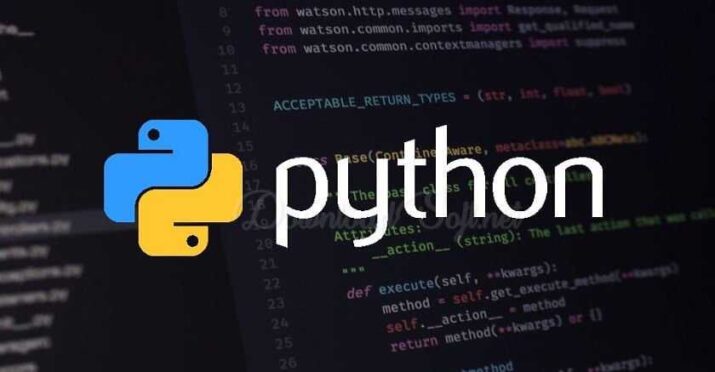
Features
The programming offers several features that contribute to its popularity and widespread adoption:
1. Object-Oriented
It supports object-oriented programming (OOP) principles, allowing developers to create reusable and modular code. OOP enables the organization of code into objects, which encapsulate data and methods. This approach promotes code reusability, simplifies maintenance, and enhances the overall structure of the program.
2. Dynamic Typing
Dynamically typed, meaning that variable types are determined at runtime. This feature eliminates the need for explicit type declarations, making the code concise and flexible. Developers can easily assign values of different types to variables without requiring type conversions, enhancing code readability and reducing development time.
3. Interpreted Language
Interpreted language, which means that the code is executed line by line without prior compilation. This allows for rapid development and testing, as changes can be immediately observed without the need for compilation. Additionally, the interactive mode provides a convenient way to experiment and explore code snippets.
4. Cross-Platform Compatibility
Compatible with various operating systems, including Windows, macOS, and Linux. This cross-platform compatibility enables developers to write code once and run it on different platforms without modifications. This versatility makes it a preferred choice for creating platform-independent software.
- Very clear and readable sentences
- Strong introspection capabilities
- Object orientation is intuitive
- The natural expression of procedural law
- Complete modules, support hierarchical packages
- Error-based error handling
- High-level dynamic data types
- Comprehensive standard libraries and other third-party units for all tasks
- Extensions and modules are written easily in C, C ++ (or Java for Jython, or. NET languages for IronPython)
- It can be embedded within applications as a script.
Internet Protocol Support
- HTML, XML
- JSON
- Email processing.
- Support FTP, IMAP, and other Internet protocols.
- The software interface is easy to use.
Index Packages on Other Libraries
- Requests, a strong HTTP client library.
- BeautifulSoup is an HTML parser that can handle all complex HTML types.
- feed parser to analyze RSS / Atom feeds.
- Paramiko, implementation of the SSH2 protocol.
- Contorted, a structure for asynchronous web programming.
Multiple Tasks
- Make the new and responsible website work together
- Use scripts to analyze SEO and broken links on your site
- To control CD / DVD packaging devices
- Carmona lights up the road
- Submit anti-spam commercial software
- Python is a CORPACKPACK technique
- WordStream uses Python as its check platform
- D-Link accepts checking firmware updates
✔️ Also available: Download for Linux / UNIX, Mac OS X
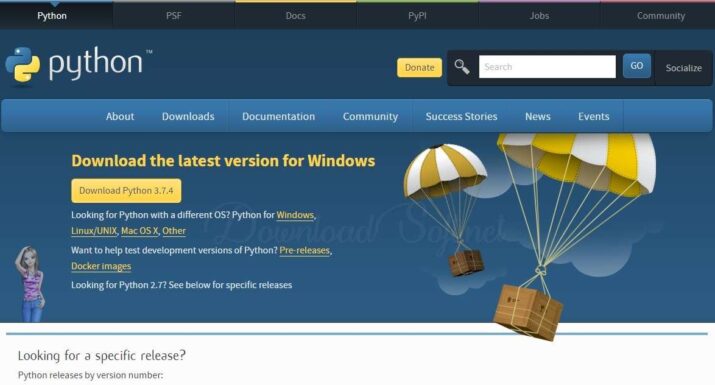
Origins and Evolution
It was created by Guido van Rossum and first released in 1991. It was designed to be a simple and easy-to-read language, emphasizing code readability and efficiency. The name “Python” was inspired by the British comedy group Monty, as Guido van Rossum was a fan of their work.
Over the years, it has evolved significantly, with the community actively contributing to its growth. The language is managed by the Software Foundation (PSF), which ensures its development and maintenance. Evolution has resulted in different versions, 3.x being the latest and recommended version for new projects.
Features and Advantages
It boasts a multitude of features that contribute to its popularity among programmers worldwide. Here are some key advantages of using a programming language:
a. Readability and Simplicity
Syntax is designed to be easily read and understood, making it an excellent choice for beginners. The use of whitespace indentation instead of braces enhances code readability and enforces consistent formatting. Simplicity allows developers to express concepts concisely, resulting in cleaner and more maintainable code.
b. Large Standard Library
It comes with a comprehensive standard library that provides a wide range of modules and functions for various tasks. Whether you need to work with file systems, network protocols, or data manipulation, chances are there’s already a module available in the standard library to assist you. This extensive collection of modules saves developers time and effort by reducing the need for external libraries.
c. Cross-Platform Compatibility
Programming is a cross-platform language, meaning it can run on different operating systems, such as Windows, macOS, and Linux. This feature enables developers to write code once and deploy it across multiple platforms without major modifications, making it highly versatile and accessible.
d. Extensibility and Integration
Seamless integration with other programming languages. It can be easily extended with modules written in languages like C or C++, allowing developers to leverage existing code and libraries. Additionally, the program offers robust integration with web frameworks, databases, and APIs, making it an ideal choice for web development and data analysis.
e. Strong Community and Support
vibrant and supportive community of developers who actively contribute to its growth. The community provides extensive documentation, tutorials, and forums to help developers at all levels. This wealth of resources ensures that you can find answers to your questions and collaborate with like-minded individuals on open-source projects.
Python in Various Domains
Vulnerability enables its application in a wide range of domains. Let’s explore some of the key areas where Python shines:
a. Web Development
Robust web development frameworks such as Django and Flask. These frameworks simplify the process of building scalable and secure web applications. Django, for example, follows the Model-View-Controller (MVC) architectural pattern, providing a structured approach to developing web applications. Flask, on the other hand, is a lightweight framework that allows flexibility and rapid prototyping.
b. Data Science and Machine Learning
It has become the go-to language for data scientists and machine learning practitioners. Libraries like NumPy, Pandas, and Matplotlib provide powerful tools for data manipulation, analysis, and visualization.
Additionally, popular machine learning libraries such as sci-kit-learn, TensorFlow, and PyTorch are extensively used in Programming, making them a preferred choice for machine learning and artificial intelligence projects. Simplicity and a rich ecosystem of libraries make it easy for data scientists to prototype, experiment, and deploy machine learning models.
c. Scientific Computing
Widely used in the scientific community for various scientific computing tasks. The SciPy library provides a collection of scientific algorithms and functions for tasks such as optimization, signal processing, and linear algebra. With its integration capabilities, it can be seamlessly used with other scientific computing tools and environments, such as the Jupyter Notebook, to perform interactive and reproducible scientific research.
d. Scripting and Automation
Scripting capabilities make it an excellent choice for automating repetitive tasks and writing scripts. Whether it’s automating file operations, interacting with databases, or performing system administration tasks, it provides a straightforward and efficient way to accomplish these tasks. The simplicity of the language allows developers to write scripts quickly and easily, saving time and effort.
e. Internet of Things (IoT)
Versatility extends to the realm of IoT, where it is used for programming embedded systems and connecting devices. With libraries like Adafruit CircuitPython and MicroPython, developers can write code that runs on microcontrollers and small devices. Python’s ease of use and extensive library support make it a convenient choice for IoT applications, allowing developers to build smart and connected devices.
Learning Python
If you’re new to programming or looking to learn it, there are numerous resources available to help you get started. Here are some recommendations:
a. Official Documentation
The official documentation provides a comprehensive guide to the language, including tutorials, reference materials, and examples. It covers both the basics and advanced topics, making it a valuable resource for learners of all levels.
b. Online Courses and Tutorials
Several online platforms offer courses and tutorials for beginners. Websites like Codecademy, Coursera, and Udemy provide structured courses that cover the fundamentals of programming. These courses often include interactive exercises and projects to reinforce your learning.
c. Books
There are many excellent books available for learning, catering to different learning styles and preferences. Some popular titles include “Python Crash Course” by Eric Matthes, “Automate the Boring Stuff with Python” by Al Sweigart, and “Learn Python the Hard Way” by Zed Shaw. These books provide step-by-step guidance and practical examples to help you grasp programming concepts effectively.
d. Practice and Projects
One of the best ways to learn Python Programming is through practice. As you progress, challenge yourself by working on small projects or solving coding problems. Websites like LeetCode, HackerRank, and Project Euler offer coding challenges that can help you refine your skills.
e. Engage with the Community
Joining communities, forums, and social media groups can provide invaluable support and learning opportunities. Participate in discussions, ask questions, and share your knowledge with others. The community is known for its welcoming nature, and you’ll find plenty of experienced developers willing to help you along your learning journey.
Conclusion
Python programming has established itself as a versatile, powerful, and beginner-friendly language. Its readability, extensive library support, and active community make it a popular choice for a wide range of applications, including web development, data science, scientific computing, scripting, and IoT.
Whether you’re a novice or an experienced developer, learning Python opens up a world of opportunities to create innovative solutions. So, embrace the power and start coding your way to success!
Technical Details
Software name: Python
- Category: Software Utilities
- License: Open Source
- Version: The latest
- Size 25.4 MB
- Core: 32/64-bit
- Operating Systems: Windows XP, Vista, 7, 8, 10, 11 / Linux / UNIX, Mac OS X, Other
- Languages: Multilingual
- Developer: Python Software Foundation
- Official website: python.org
